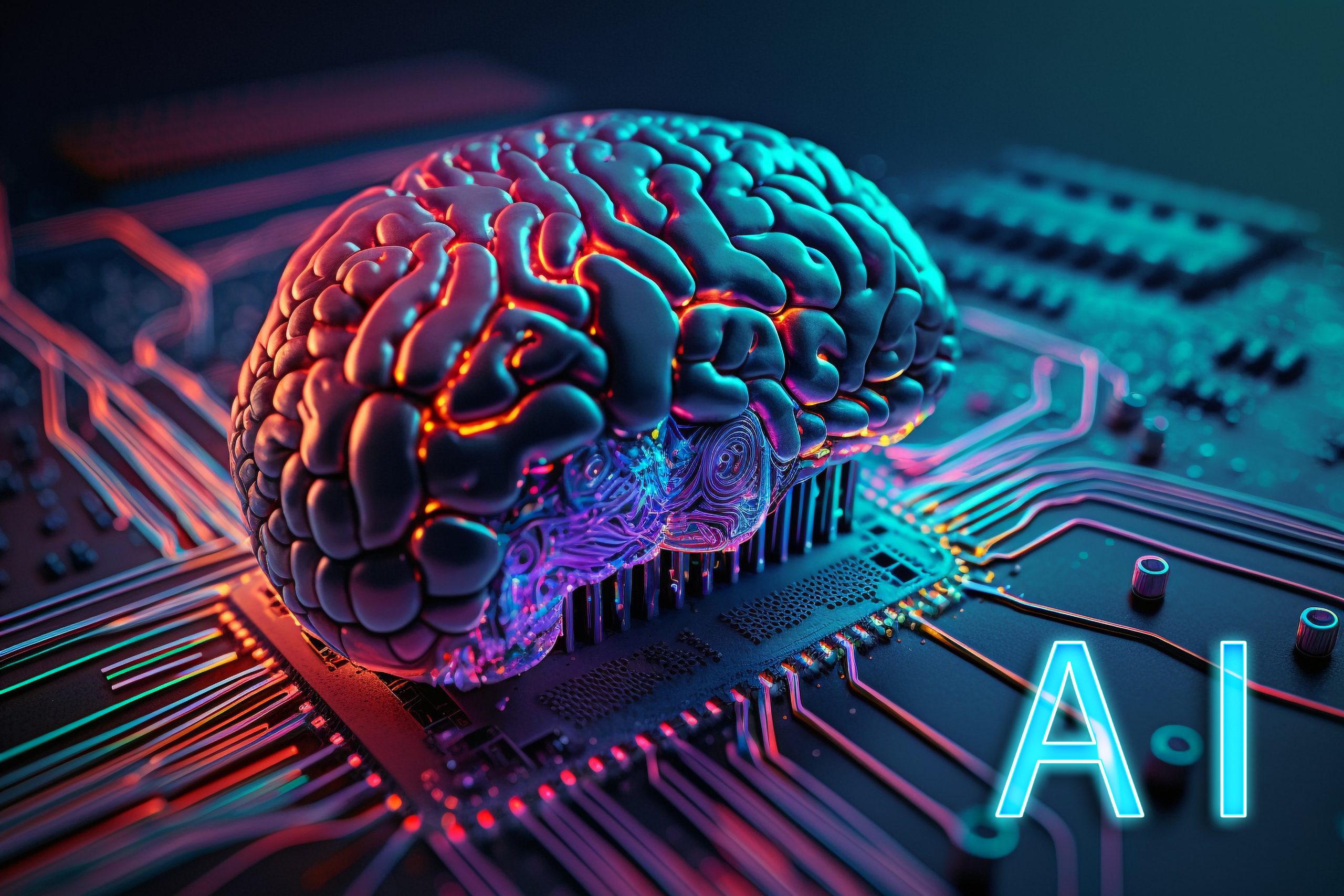Bragging Rights
Explore the latest trends, tips, and stories that make you stand out.
When AI Learns to Laugh: Humor in the Age of Machines
Discover how machines are mastering humor! Explore the surprising world of AI-generated laughter and its impact on our lives.
Can AI Truly Understand Humor? Exploring the Science Behind Laughter and Machines
The question of whether AI can truly understand humor is a fascinating one that delves into the intersection of technology and psychology. Laughter, as a complex social behavior, often stems from shared experiences, context, and cultural nuances, making it challenging for machines to comprehend fully. While AI systems have been programmed to recognize patterns in language and can even generate jokes, the subtlety and depth of human humor often elude them. Researchers are exploring various models of humor, including the incongruity theory, which suggests that humor arises when there's a mismatch between expectations and reality, to help AI systems better grasp this inherently human trait.
Moreover, the science behind laughter reveals that it involves not just cognitive processing but also emotional response and social context. AI lacks the genuine emotional experience that fuels laughter, limiting its ability to appreciate humor as humans do. Nonetheless, advancements in natural language processing and machine learning are gradually enabling AI to mimic aspects of humor, such as puns and wordplay. As we continue to explore the capabilities of AI, one thing remains clear: while machines can analyze and generate humorous content, the essence of humor—rooted in human experiences and emotions—remains a uniquely biological phenomenon.

The Evolution of AI Humor: From Punchlines to Puns
The journey of AI humor is a fascinating one, tracing its roots from simple algorithms that generated generic punchlines to more sophisticated systems capable of crafting intricate puns. Early attempts at programming humor were largely mechanical, relying on predefined structures and templates to deliver jokes that often missed the mark. These primitive systems laid the groundwork for more advanced algorithms, but they lacked the essential nuances of human wit. As AI began to evolve, deeper understanding of context and linguistic playfulness became integral in generating jokes that not only made sense but also resonated with audiences.
As we delve into the modern landscape of AI humor, we see a remarkable transition towards creativity and personalization. With the advent of machine learning and natural language processing, contemporary AI can analyze vast datasets of jokes, learning what makes people laugh. This evolution has brought forth a new era where AI can craft not just punchlines, but also intricate puns that display a form of intelligence and understanding previously thought to be exclusive to humans. The result is a blend of comedy and technology that continually evolves, pushing the boundaries of what we consider funny and opening up exciting possibilities for the future of humor in a digital age.
How AI is Changing the Landscape of Comedy: Opportunities and Challenges
The advent of AI in the world of comedy is reshaping the industry in unprecedented ways. Comedians and writers are now leveraging artificial intelligence to generate jokes, analyze audience preferences, and craft tailored content that resonates with specific demographics. This technology offers opportunities for creators to enhance their comedic styles, streamline content creation, and reach wider audiences. For instance, AI-driven tools can analyze social media trends to suggest timely and relevant comedic material, enabling comedians to stay on the cutting edge and connect with fans in real-time.
However, the integration of AI in comedy is not without its challenges. One of the most pressing concerns is the potential loss of originality and the essence of human creativity. As AI becomes more adept at generating laughs, questions arise about the authenticity of AI-created content and its impact on traditional comedic forms. Moreover, the reliance on algorithms could lead to homogenization, where unique comedic voices are overshadowed by formulas that prioritize mass appeal. Balancing the use of AI with the irreplaceable value of human humor will be crucial for the future of comedy.